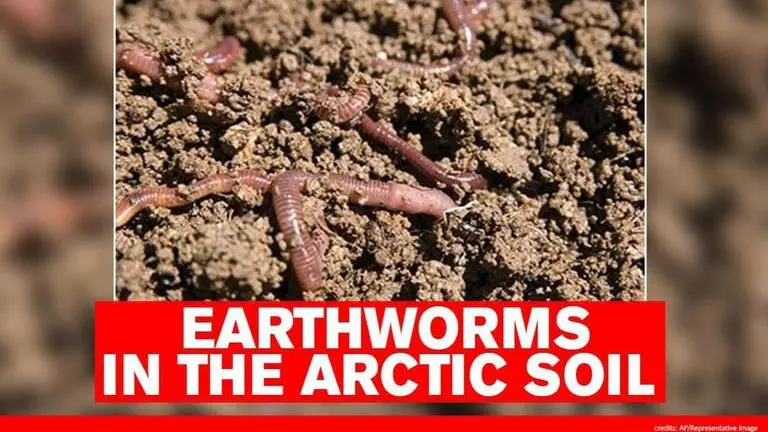Updated 1 September 2020 at 11:48 IST
Earthworms entering Arctic ecosystem expedite snow-melting, Greifswald study claims
An internal study published in 'Nature Communications' said that increase of soil animals like earthworms in the Arctic ecosystem has accelerated snow-melting.
- World News
- 3 min read

An internal study published in 'Nature Communications' said that increase of soil animals like earthworms in the Arctic ecosystem has accelerated snow-melting. As Arctic vegetation depends entirely on the nitrogen, increasing earthworms in the ecosystem have aided the plant's growth. The authors of the study say that this might seem like a positive development, but it is not as it is making the soil too fertile.
Increasing earthworms in Arctic ecosystem
Earthworms release nitrogen which helps to make the soil very fertile and thus promotes the healthy growth of plants. These tall and deep-rooted plants absorb more heat which accelerates snow-melting in the Arctic region. A study led by the University of Greifswald suggests that large soil animals like earthworms have made their way to the Arctic region and is posing a great threat to the already delicate system. Published in April, this study states that a rapid increase in plant growth due to high nitrogen components in the soil has aided in the loss of snow cover. Besides climate change and global warming, earthworms are also responsible for the shrinking snow cover in the Arctic region.
Advertisement
Dr Gesche Blume-Werry from the Institute of Botany and Landscape Ecology at the University of Greifswald explains, “You have these changes in albedo (or, the reflective quality of a surface). If the surface is darker, which happens if plants are not covered in snow, then less light is being reflected and more heat is being trapped. You get this positive feedback to warming. The warmer it gets, the better plants grow, and then you have this kind of cycle of more plant production and warmer temperatures."
Humans responsible for earthworms in the Arctic ecosystem
Another study published in 2011 in Biological Invasions said that samples of footwears of travellers in the Arctic region were collected and it was found out that on an average 3.9 seeds find their way into the Arctic ecosystem via footwear. Experts propose that this is how soil animals, find their way into the Arctic. Later a study in 2017 also blamed human activities responsible for the spread of earthworms in the Arctic region. One of the study authors, Andrian Wackett said, "Earthworm populations are capable of moving five to ten metres per year, which means that they would never have been able to reach the Swedish mountains after the Ice Age on their own.” “aliens to watch. Don’t be distracted by the big glossy, invasive plants. See what’s happening in your soil.” In his study, he warned his readers that soil animals like earthworms largely contribute to global warming.
Advertisement
Published By : Gargi Rohatgi
Published On: 1 September 2020 at 11:48 IST
